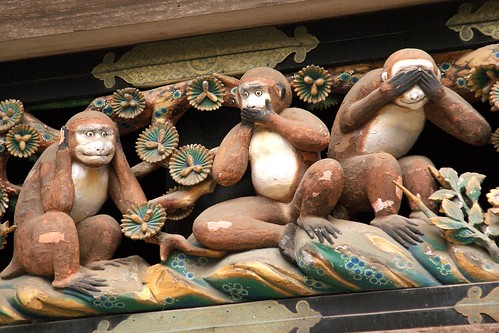 |
| Source: http://hitoritabi-kiseki.com/blog-entry-87.html |
On that note, Instagram has become my new social platform of choice for connecting with fellow tea aficionados and practitioners around the globe. And it was while killing time on Instagram at four this morning (too early to get up!) that I stumbled across the idea for this post when I saw a photo of a sukiya identified as Hassōan 「八窓庵」 posted by someone I follow on Instagram.
 |
| Source: http://hitoritabi-kiseki.com/blog-entry-87.html |
The poster had included the following hashtags, all in Japanese: #小堀遠州 #中島公園 #茶室 #茶道 #茶の湯 (#KoboriEnshū #NakajimaPark #chashitsu #chadō #chanoyu). Here's the original post: https://instagram.com/p/2Sq76BiTtY/
This attracted my attention because Hassōan is one of best-known tea houses attributed to the sixteenth-century daimyo tea master Kobori Enshū, but I also recognized the name of Nakajima Park as a location in Sapporo, Hokkaido -- an area that was not yet a part of the Tokugawa empire that Enshū served, nor was it an area to which he had traveled during his lifetime as far as I was aware. So what was Hassōan doing in Hokkaido?
Kobori Enshū
Before I attempt to answer that question, let me offer a little background on Hassōan. The "eight-windowed" tearoom (hassōnoseki) was originally a concept attributed to Enshū's teacher, the daimyo tea master Furuta Oribe (古田織部 d. 1615).
The design introduced multiple windows situated opposite the host’s position, admitting natural light which would make the preparation of tea more easily observable during daylight tea gatherings. In contrast, Taian tearoom attributed to the merchant tea master Sen Rikyū only has high windows and none are in proximity to the host's position, so the area in which the host undertakes the preparation of tea remains shrouded in semi-darkness. In contrast, three of the windows at Hassōan are situated around the temae-za, the position from which the host prepares tea.
This natural "spotlight" on the host was among the many things for which warrior tea practitioners were castigated, since it was perceived as placing an unseemly focus on the actions and appearance of the host. Nevertheless, the use of multiple windows at varying heights soon caught on as tea practitioners from all social classes came to appreciate the often delightful visual effects the interplay of light and shadow could affect within the tearoom.
Interior (the teahouse is generally not open to the public)
 |
| Source: http://www.uji-tea.co.jp/kobori/hassouan.html |
 |
| Source: http://d.hatena.ne.jp/N-Tanabe/20110828/p1 |
The tea house Hassōan is said to have been moved to the grounds of a small Buddhist temple located within the precincts of the nearby Nagahama Hachiman shrine (Shiga prefecture) at this juncture.
Nagahama Hachimangu
 |
Nagahama hachimangu02s3200" by 663highland - 663highland.
Licensed under CC 表示 2.5 via ウィキメディア・コモンズ.
|
Around a century later, during the early Meiji era, it is said to have been disassembled and reconstructed at an affiliated head temple, Shanain, also in Nagahama.
Shanain, Nagahama
 |
Shanain01s3200" by 663highland - 663highland.
Licensed under CC 表示 2.5 via ウィキメディア・コモンズ.
|
A former racetrack for horses, the land on which Nakajima Park is situated was donated to the city of Sapporo in 1951, and it was at that point that Hassōan was moved to its current location, deep within a grove of trees inside the park. This seems fitting insofar as Mochita himself was an avid fan and promoter of horseracing.
Sapporo's horseracing (keiba) stands in the late Meiji era.
I believe this racetrack was in the general area of Nakajima Park.
 |
| Source: http://homepage2.nifty.com/keibastamp/sakusaku/newpage7.html |
In 2006, heavy snows collapsed a portion of Hassōan's roof, but repairs were completed by 2008.
Say, does anyone have a tearoom I can purchase and move to my backyard? It will need to be a bargain, considering that I'm still operating on a Ph.D. candidate's budget...
Background information for this post was found at the following site:
- http://www.uji-tea.co.jp/kobori/hassouan.html























